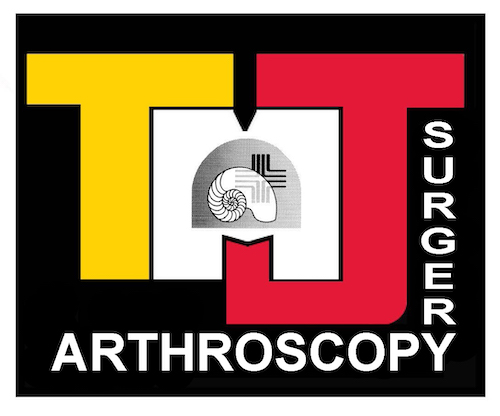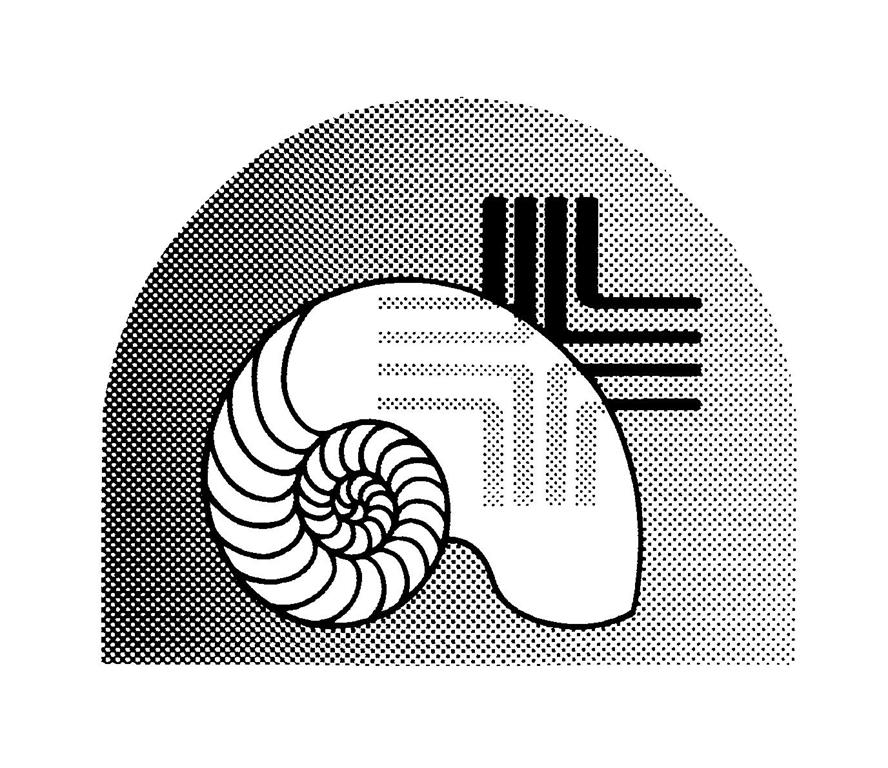Moses Institute
Dr. Moses first visited Professors Dr. Ken-Ichiro Murakami
and Dr. Bruce Sanders in the Summer of 1984 at the Ceder Sinai Hospital, Santa
Monica, CA and observed Professor Dr. Ken-Ichiro Murakami who had learned techniques from original pioneer, Prof. Dr. Masatoshi Ohnishi, demonstrate TMJ
arthroscopic procedures on a live patient of Dr. Bruce Sanders. The following
day he brought those techniques to his hospital in San Diego, California.
After working in the basement morgue of his Tri-City
hospital spending countless hours on cadaveric specimens, Dr. Moses began to
work with his patients. First, by doing diagnostic arthroscopy prior to opening
arthroplasty and eventually developing arthroscopic treatments alone. He knew
that most of the disease lived on the lateral third of the TMJ, so he
developed the endaural TMJ access approach and confirmed the presence of
Plica/Adhesive Fibrosis and lateral synovial diseases. Treatment was directed
at these issues with routine lysis/lavage done by Murakami and Sanders but was
also enhanced with the lateral eminence release and capsular stretch
procedure which was then studied for success rates. This led to the
development of the Moses Release Elevator in the years 1985-86.
Dr. Moses first met Professor Ohnishi in person in 1986 at the first USA symposium on TMJ Arthroscopy held in Long Beach, California on July18-20, 1986 where Professor Ohnishi performed TMJ arthroscopy with local anesthesia on a patient for the attending audience. Then later, only a week later on July 25,1986 they met again at the First New York Symposium on
TMJ Arthroscopy held in New York City at the Waldorf Astoria Hotel which hosted these two
arthroscopic pioneer- legends: Professor Dr. Masatoshi Onishi, and
world-renowned Orthopedic Pioneer, Dr. Lanny L. Johnson. Following this
memorable and historic meeting, a newly formed group, the American Society
of TMJ Arthroscopic Surgeons was
started with Dr. Joe McCain as the first president and Dr. Jeff Moses as the
Secretary.
The first 15 members of the Amer. Society of TMJ
Arthroscopic surgeons gained great traction with multiple publications and the
advancement of techniques throughout the USA over the next several years. This number grew to 22 before most members
merged their efforts into membership with the American Society of
Temporomandibular Surgeons (ASTMJS). Being comprised of open
arthroplasty-oriented surgeons, ASTMJS was at first skeptical of this minimally
invasive arthroscopic surgery but later this diagnostic and treatment method
was embraced. In the years to follow, some of their International Members
formed parallel Societies worldwide. (ESTMJS, JSTMJS, LASTMJS)
Dr. Moses was then invited in July of 1989 to the First
British TMJ Symposium where he was challenged to defend the procedure in a
pro/con debate presentation with Dr. Daniel Laskin who was editor of the JOMS
and withholding Moses’ submitted arthroscopic articles. He was also asked to
operate on several patients using his Arthroscopic procedures during the
conference as a demonstration.

Following this July ’89 Symposium Debate, Dr. Laskin opened
the “publishing floodgate” on Moses and many publications on research were
made available .
Onishi, M
Arthroscopy of the temporomandibular joint
J Stomatol Soc Japan. 1975; 42:207-213
Sanders, B
Arthroscopic surgery of the TMJ: treatment of internal derangement with
persistent lock
Oral Surg. 1986; 62:361-372
Moses, JJ
The effect of arthroscopic surgical lysis and lavage of the superior joint
space on TMJ disc
position and mobility. J Oral Maxillofac Surg. 1989 Jul;47(7):674-8.
Moses, JJ
TMJ arthroscopic surgery: An analysis of
237 patients.
J oral Maxillofac Surg. 1989 Aug:790-794
Moses, JJ
Temporomandibular Joint Arthroscopy: the endaural approach:
Int. J Oral Maxillofac Surg. 1989 Dec; 18(6):347-51
Moses, JJ
Tomographic changes in the Temporomandibular Joint following arthroscopic
surgery
with lysis and lavage and eminencia release:
J Oral Fac Pain 1994 Fall,
8(4):407-12 The Pacific Clinical Research Foundation (estab. 1987 for the mission of "Providing Excellence in Professional Education and Sustainable Charitable Surgical Care") continued these efforts thereafter and formed the Moses Institute for specialty residency, fellowship, and masters certification.
At first this began to take shape as 2 day Arthroscopic and Adjunctive Conservative Management courses with didactic sessions, practical cadaveric practice hands-on sessions and observational "live- surgery " sessions with the hopes to introduce these techniques for the general use within the field of Oral and Maxillofacial Surgery. Unfortunately, the learning curve of these techniques was very steep and that, combined with the limited insurance reimbursement schedule for the surgery itself led to a stagnation of the anticipated universal spread and acceptance for the procedures.
With minimal formal residency acceptance for CORE training, years passed with the existence of only a few pockets of expert surgeons for which dentists and physicians could refer their patients if they wished this "exclusive" arthroscopic minimally invasive management. A group of these specialists, who attended the annual prestigious American Society of Temporomandibular Joint Surgeons (ASTMJS), got together and decided to attempt remedy this situation.
This solution was to be comprehensive in nature and encompassed all successfully proven techniques of surgical management ranging from the minimally invasive arthroscopic surgery to open arthroplasty as well as prosthetic total joint replacement surgery. Hopes were that, by means of training national and international specialists with a strong commitment to investment of required hours of training, we could re-establish the surgical field of TMJ Arthroscopic Surgery back to its rightful seat of preliminary consideration for the minimally invasive management of progressive temporomandibular dysfunction within the field of Dentistry and Maxillofacial Surgery.
The Pacific Clinical Research Foundation againg began hosting the Mini-Residency Certification Accreditation restarting multi-day courses in 2014, initially held in Baltimore, Maryland.  Internationally known experts were initally gathered to present four, focused, three day intensive "TMJ Surgery Mini-Residencies" inclusive of extensive hands-on cadaveric specimen demonstration and practice surgery sessions complete with certified continuing education units were given. These courses evolved into the current TMJ Surgery Mini-Residency which is now held 5 times per year with a requirement of 48 CE hours of intensive hands-on cadaveric and didactic education for completion of a mini-Residency Certification provided at first by the Pacific Clinical Research Foundation  this valuable course was moved to San Antonio, Texas held at the Arthrex Mission Cadaver Training Laboratory and later moved to other locations in Arizona and Florida with accredited CE hours of intensive, renowned faculty delivered, One-on-One hands on training. Registrants are able to sign up for individual sessions, or multiple sessions qualifying them for certification of Mini-Residency completion as well as obtaining Laser Safety Certification. PCRF TMJ Arthroscopy Cadaver Training Course / Mini-Residency
In addition, the graduated attendees of this and other intensive hands-on cadaveric training by Dr. Moses have been given the opportunity to participate in a three tier TMJ surgical training fellowship. The first tier requires, in addition to many hours of didactic training, open arthroplasty surgeries, 20 Arthroscopic surgery Monitored Cases. This identifies the professional surgeon as having completed a Residency level training in TMJ arthroscopic surgery. The second tier requires 30 additional advanced multiport arthroscopic surgeries in addition to cases of open arthroplasty which identifies the specialist surgeon as having completed their Fellowship level of training. The final tier requires 10 total joint reconstruction surgical procedures and identifies the surgeon as having completed their "Masters" level of training.
|